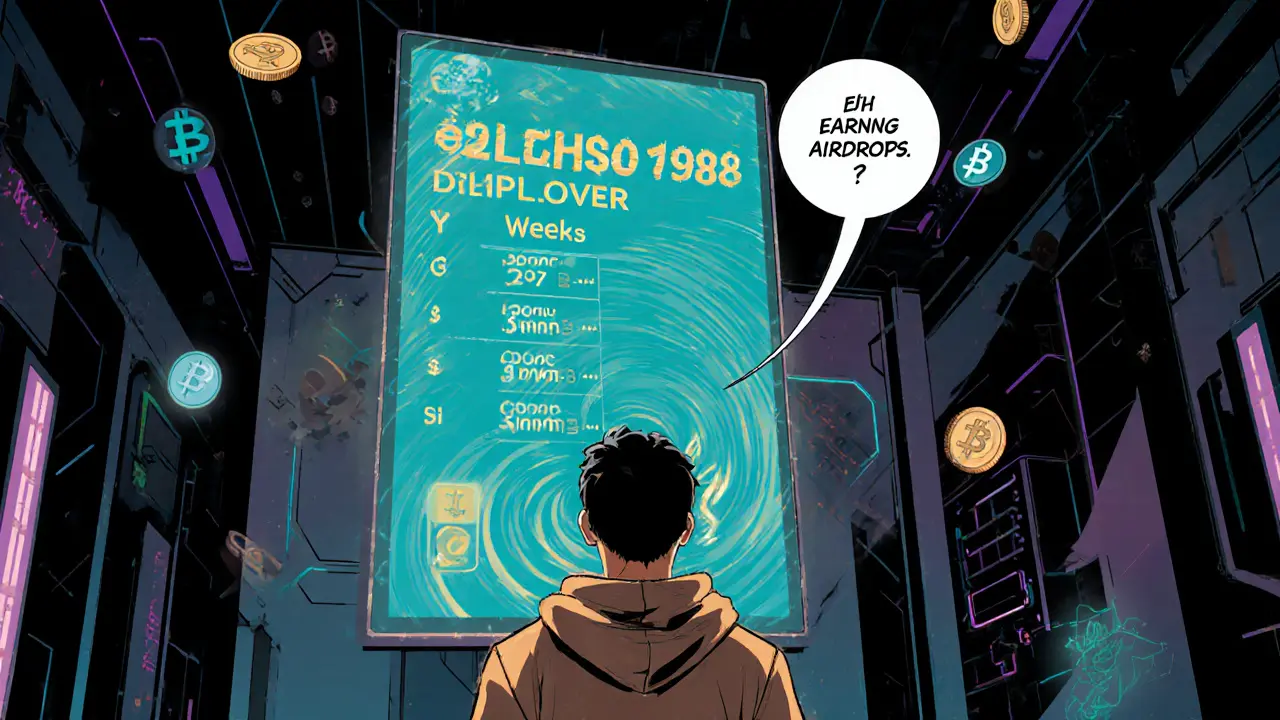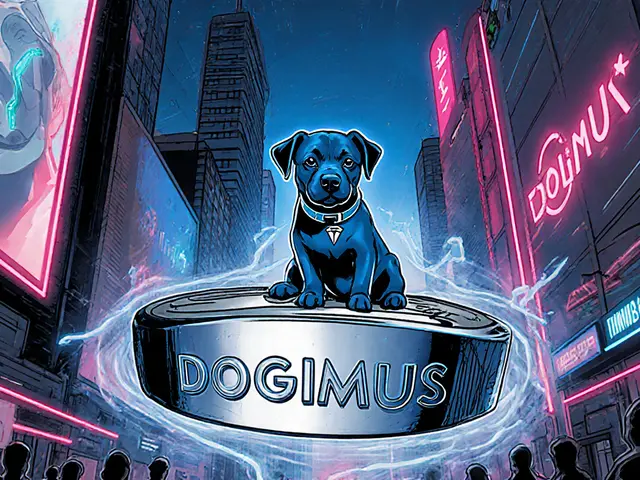IDO Dutch Auction: A Practical Guide
When working with IDO Dutch auction, a fundraising method that blends Initial DEX Offerings with a descending‑price auction format. Also known as Dutch‑style IDO, it lets projects set a high start price that drops until enough buyers step in. IDO Dutch auction is a key tool on many crypto launchpads, platforms that host token sales and provide marketing support. The model relies on a Dutch auction, a price‑discovery mechanism where the token price declines at set intervals until the allocation goal is met. It also ties directly to an Initial DEX Offering (IDO), the first public sale of a token on a decentralized exchange. Together, these pieces create a transparent, market‑driven way to price new crypto assets.
Key Elements of an IDO Dutch Auction
The core attributes of the model are simple but powerful. First, the price schedule defines how fast the price drops – usually every few minutes or block intervals. Second, the allocation cap determines the total amount of tokens available for sale. Third, tokenomics – the token’s supply, distribution, and utility – shape investor demand and affect how low the price can fall before the cap is reached. A typical Dutch auction requires real‑time tracking of bids; once the cumulative demand hits the cap, the auction stops and the final price is set. This price then becomes the market entry point for the token on the exchange. Because the price is set by actual buying interest, projects avoid over‑pricing while still raising the needed funds. The mechanism also lowers the risk of a “pump‑and‑dump” scenario, as participants know the exact price they’ll pay once the auction ends.
What you’ll find in the collection below is a mix of deep dives and practical guides that match this framework. Some articles break down tokenomics for specific meme coins like GM or HEMULE, showing how their supply design interacts with Dutch‑style IDOs. Others compare launchpad platforms – P2B, YokaiSwap, RadioShack – and explain which ones support Dutch auctions and why fees matter. There are also risk‑focused pieces on underground market premiums and regulatory enforcement that affect how safely you can participate. Whether you’re a newcomer curious about how a Dutch auction sets a fair price, or a seasoned trader looking for the best launchpad to launch your own token, the posts give you concrete data, step‑by‑step procedures, and real‑world examples. Dive in to see how each element connects, and use the insights to make smarter decisions in upcoming IDO Dutch auctions.

Learn why Divergence hasn't launched a classic airdrop, how DIVER tokens were distributed via a Dutch auction, and step-by-step ways to earn rewards through liquidity provision.
Continue Reading





